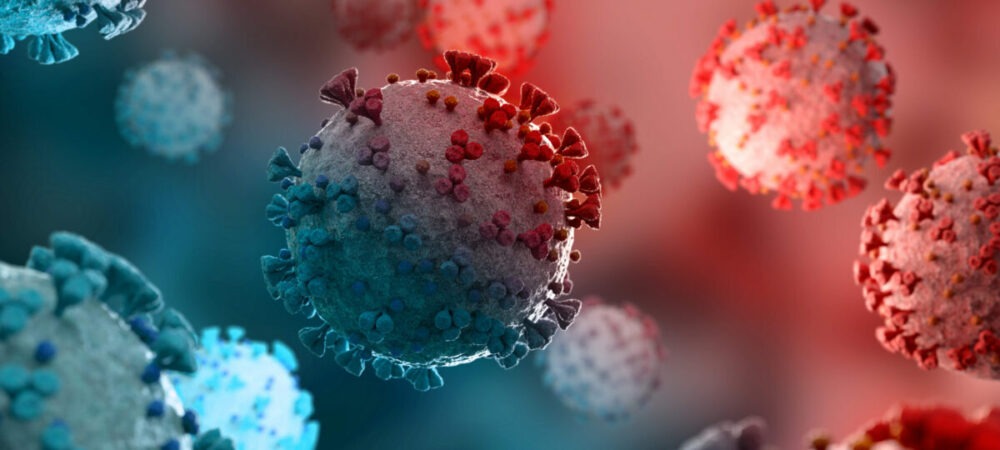Table of Contents
Methadone is a synthetic opioid that has been used since the 1950s to treat chronic pain because of its effectiveness is primarily used to treat opioid addiction. Also known as “substitution therapy,” methadone maintenance enables someone who struggles with opioid addiction to effectively manage cravings and withdrawal symptoms often experienced when detoxing off opioids. Although it is addictive, methadone is much safer to take than other drugs, such as heroin, since it is regulated by the DEA and is only administered through medical professionals at approved drug treatment centers. This makes addiction much less likely for the user. As such, under proper supervision and guidance, one can successfully use methadone maintenance to help the transition from opioid addiction to sobriety.
How Does Methadone Maintenance Work?
Methadone works by attaching to the opioid receptors in the brain. However, when administered at appropriate doses, it does not cause the “high” many people addicted to opioids seek. Furthermore, because methadone changes how the brain and nervous system respond to pain, methadone helps to curb withdrawal symptoms and mitigate the intense cravings often experienced during the early days when an addict is detoxing o
Withdrawal Symptoms and Side Effects of Methadone Maintenance
Because methadone is similar to other opioids, the withdrawal symptoms experienced by the user typically mirror that of withdrawing from painkillers or heroin. These withdrawal symptoms can include:
- Depression and anxiety
- Pain in muscles and joints
- Nausea, vomiting, diarrhea
- Chills and flu-like symptoms
- Cravings for the drug
- Excessive tearing of the eyes
Although methadone is typically administered through a medical professional, some side effects of using methadone need to be addressed. If any of these side effects are experienced, it is important to stop taking methadone and notify your doctor or emergency care immediately:
- Feeling lightheaded or faint
- Difficulty breathing or shallow breathing
- Chest pain
- Hives or rash; swelling of the face, lips, tongue, or throat
- Fast or pounding heartbeat
- Hallucinations or confusion
- Nausea/vomiting
Treatment with Methadone Maintenance
Since methadone addiction is possible, seeking professional medical help when considering methadone maintenance when detoxing off opioids, such as painkillers or heroin, is essential. Furthermore, because methadone maintenance is intended for short-term use when transitioning someone from addiction to sobriety, it is beneficial to seek help from a counselor/therapist, too. Through counseling, one can get to the root of the desire to use opioids in the first place and, therefore, help negate the possibility of using drugs in the future.
Although overcoming addiction to opioids may be difficult, utilizing methadone maintenance through a medical professional, especially in an inpatient drug treatment center, can make the transition much smoother. There is hope to overcome addiction. Seek help now, and you will be on the road to the life of sobriety you’ve been dreaming about.
Sources:
Infinite Recovery has strict sourcing guidelines and relies on peer-reviewed studies, academic research institutions, and medical associations for our references. We avoid using tertiary references as our sources. You can learn more about how we source our references by reading our editorial guidelines and medical review policy.
1. World Health Organization. Methadone Maintenance Treatment. World Health Organization; 2009. Accessed June 24, 2022. https://www.ncbi.nlm.nih.gov/books/NBK310658/
2. Substance Abuse and Mental Health Services Administration. Methadone. Published June 23, 2022. Accessed June 24, 2022. https://www.samhsa.gov/medication-assisted-treatment/medications-counseling-related-conditions/methadone
















